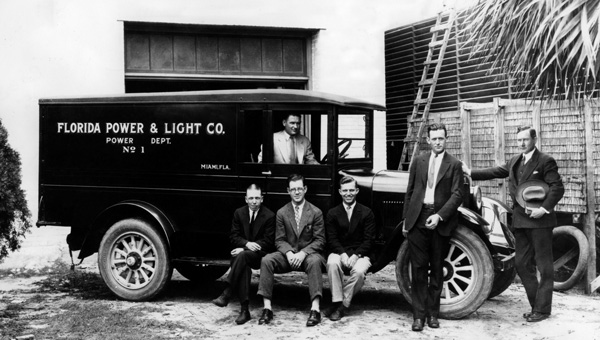Celebrating a Legacy, Powering the Future
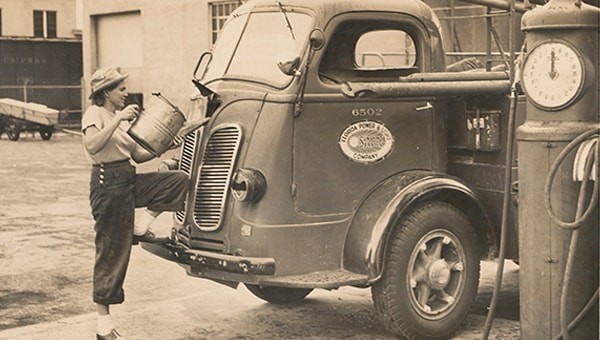
1925
Florida Power & Light Company was created on Dec. 28, 1925. In the beginning, FPL owned power plants, water facilities, gas plants, ice companies, laundry services and even an ice cream business. In its first year, the company served approximately 76,000 customers in 58 communities and had a generating capacity of 70 megawatts.

1941-1945
At the beginning of World War II, 83 employees entered the armed forces. By its end, that number increased to 569 – one quarter of the company’s workforce. As a result, the company began hiring women to fill positions left vacant by labor shortages, including meter work, truck driving, auxiliary plant operation and mechanical work.
1944
The company’s efforts on the home front during World War II did not go unnoticed. On Feb. 1, 1944, Admiral W.R. Munroe, commandant of the Seventh Naval District of the United States Navy, presented FPL with the Citation for Meritorious Wartime Service.
1950
FPL’s stock was listed on the New York Stock Exchange. Overnight, the company acquired about 14,000 stockholders.
1966
The company’s customer count grew to one million.

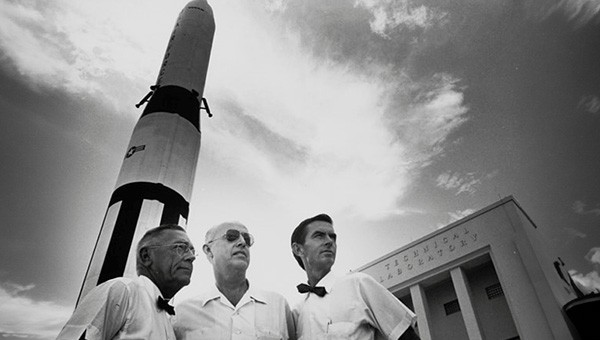
1969
NASA’s Apollo 11 mission, where the first astronauts walked on the moon, was launched from Kennedy Space Center. FPL supported the effort by building the Cape Canaveral Plant and strengthening the poles and wires in the area.

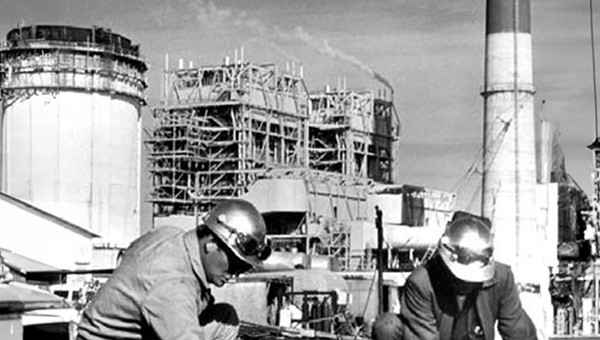
1972
The first nuclear power reactor at Turkey Point started generating electricity. This was the first nuclear reactor in Florida.

1974-1977
FPL finished construction of its first 500-kilovolt transmission line. FPL became one of the few companies in the nation able to produce more than 10 million kilowatts of electricity.
1985
For the first time in its history, FPL went a full day without burning oil. Instead, it relied on coal-fired power from Georgia, its four nuclear units and natural gas to meet customer demand.
1989
FPL became the first non-Japanese company to win the Deming Award, a prestigious award recognizing quality. The award was the culmination of many years and millions of dollars in investment in the company’s Quality Improvement Program.

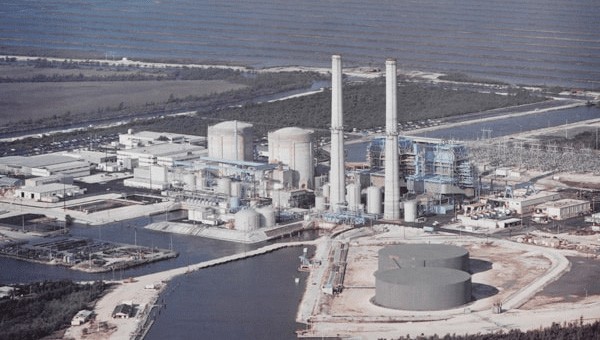
1992
FPL reported that its power plant emissions were “the lowest of any investor-owned utility in the state and 70% lower than the national average for all utilities.”

1997
FPL Energy was established. It would later be renamed NextEra Energy Resources.
1998
The company’s first wind site, Vansycle Ridge Wind Farm, came online near Helix, Oregon.
2009
FPL Energy’s name was changed to NextEra Energy Resources to highlight the company’s growing role in the energy sector outside of Florida and continued commitment to exploring alternative energy solutions.
The company became the largest producer of wind and solar power in the nation.
FPL partnered with six Florida schools to develop Next Generation Solar Education Stations, which allowed schools to produce emissions-free electricity while educating students about renewable energy and solar power.
2010
FPL Group changed its name to NextEra Energy, reflecting the company’s expansion outside of Florida. It’s listed on the New York Stock Exchange as NEE.

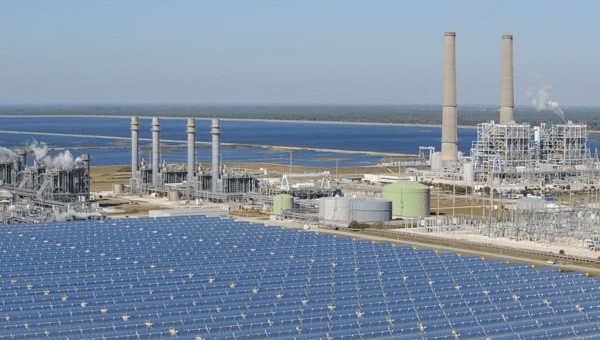
2011
The Martin Next Generation Solar Energy Center was brought online. It was the first hybrid solar facility in the world to combine a solar-thermal field with a combined-cycle natural gas power plant.

2012
The company celebrated the commissioning of its 10,000th megawatt of wind energy.
2013
NextEra Energy completed the largest multi-state nuclear uprate project in U.S. history. The multi-billion dollar expansion at St. Lucie, Turkey Point and Point Beach involved six separate nuclear units.
2014
The company launched NextEra Energy Partners, a growth-oriented limited partnership to acquire, manage and own contracted clean energy projects with stable, long-term cash flows. At the time, it was the most successful IPO of its kind.
2018
FPL was in the midst of executing one of the largest solar expansions ever in the eastern U.S. with eight new solar energy centers brought online in 2018.
2019
FPL’s Turkey Point became the first nuclear plant in the United States to get a license renewal for up to 80 years.
2020
FPL launched FPL SolarTogether, the largest community solar program in the U.S.
2022
FPL completed its integration of Gulf Power, expanding the company’s service to Northwest Florida.


2022
NextEra Energy Resources, in partnership with Portland General Electric, commissioned the first utility-scale energy facilities in North America to co-locate wind, solar and battery storage, generating renewable power for customers.

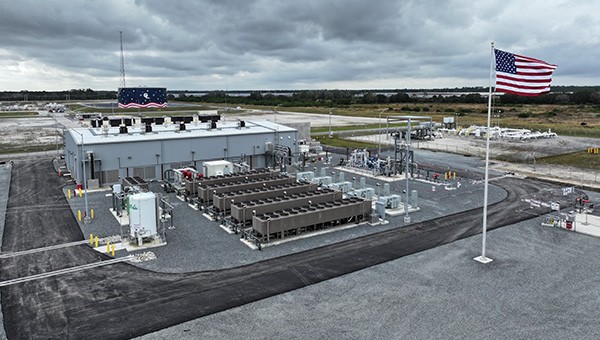
2023
FPL’s first-of-its-kind clean hydrogen pilot project, the Cavendish NextGen Hydrogen Hub, in Okeechobee County, Florida began producing hydrogen.
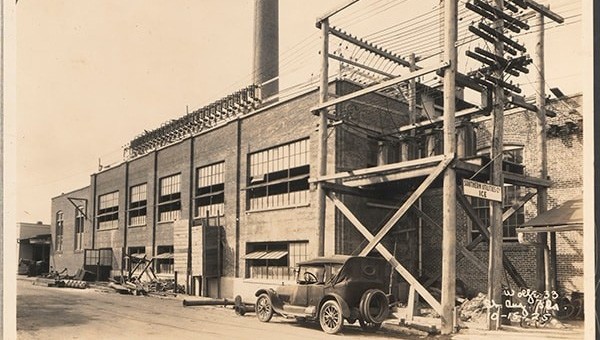
1925
Florida Power & Light Company was created on Dec. 28, 1925. In the beginning, FPL owned power plants, water facilities, gas plants, ice companies, laundry services and even an ice cream business. In its first year, the company served approximately 76,000 customers in 58 communities and had a generating capacity of 70 megawatts.

1941-1945
At the beginning of World War II, 83 employees entered the armed forces. By its end, that number increased to 569 – one quarter of the company’s workforce. As a result, the company began hiring women to fill positions left vacant by labor shortages, including meter work, truck driving, auxiliary plant operation and mechanical work.
1950
FPL’s stock was listed on the New York Stock Exchange. Overnight, the company acquired about 14,000 stockholders.


1972
The first nuclear power reactor at Turkey Point started generating electricity. This was the first nuclear reactor in Florida.

1974-1977
FPL finished construction of its first 500-kilovolt transmission line. The company also became one of the few companies in the nation able to produce more than 10 million kilowatts of electricity.
1985
For the first time in its history, FPL went a full day without burning oil. Instead, it relied on coal-fired power from Georgia, its four nuclear units and natural gas to meet customer demand.

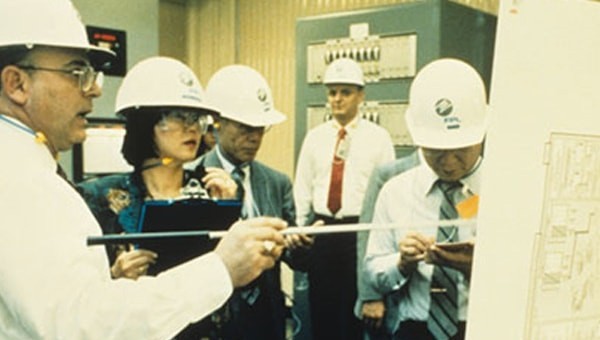
1989
FPL became the first non-Japanese company to win the Deming Award. This prestigious award resulted from the culmination of many years and millions of dollars in investment in the company’s Quality Improvement Program.

1998
The company’s first wind site, Vansycle Ridge Wind Farm, came online near Helix, Oregon.
2006
FPL Group was named to Fortune’s list of “Most Admired Companies” for the first time, ranking second among electric and gas utilities.
2007
FPL Group was included on Ethisphere Institute’s list of the World’s Most Ethical Companies for the first time.
2009
The company announced plans to develop Energy Smart Miami — its first venture into smart grid technology to helps customers better understand energy consumption and empowers them to make energy-efficient and cost-saving choices.
2010
NextEra Energy Resources became the first renewable energy company in the U.S. to offer verified emission reductions – a type of carbon offset credit.

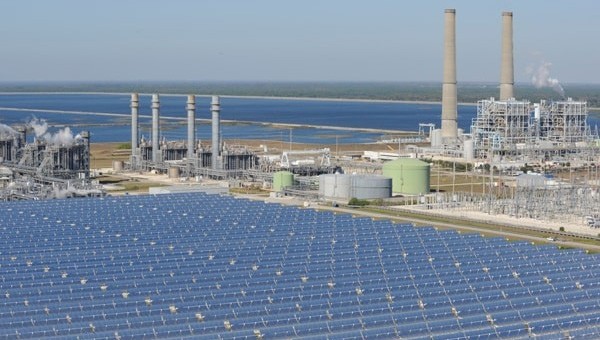
2011
The Martin Next Generation Solar Energy Center was brought online. It was the first hybrid solar facility in the world to combine a solar-thermal field with a combined-cycle natural gas power plant.

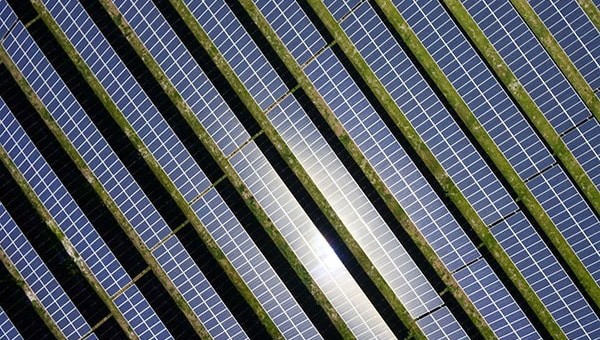
2018
FPL brought the first solar-plus-storage system in the country online. It fully integrates battery technology with a major solar power plant to increase the plant’s overall energy output.

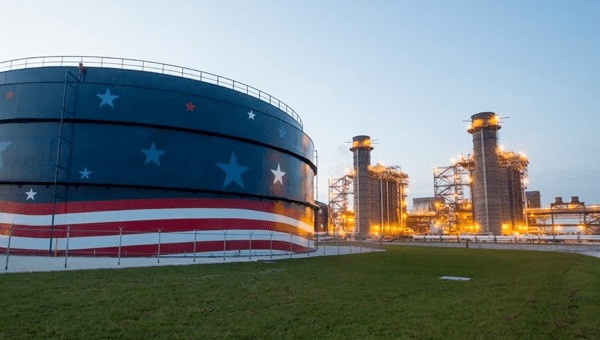
2019
FPL’s Turkey Point became the first nuclear plant in the United States to get a license renewal for up to 80 years.
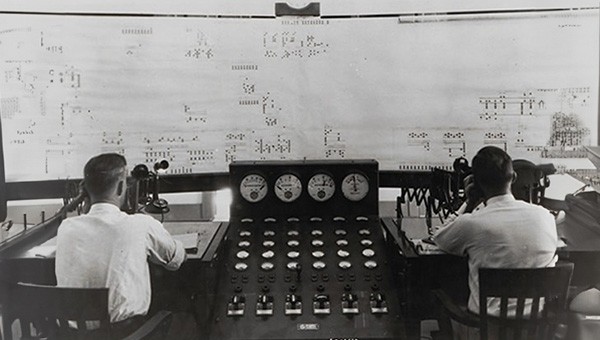
1926
One year after the company was created, it was serving approximately 115,000 customers in 112 communities.

1951
The company began a 10-year expansion, estimated to cost $435 million — the largest expansion in the company’s history at the time.
1966
The company’s customer count grew to one million.
1997
FPL Energy was established. It would later be renamed NextEra Energy Resources.

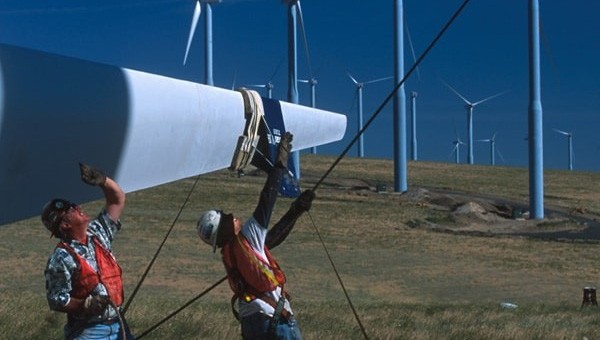
2001
The company began operations at Stateline Wind Energy Center in Umatilla County, Oregon and Walla Walla County, Washington. When it came online, it was the largest wind farm in the world and the company’s 14th wind farm.

2002-2003
Between 2002 and 2003, the company built or acquired 17 different wind farms across the country, including in Texas, Iowa, Pennsylvania, South Dakota, California, New Mexico, Oklahoma, North Dakota and Minnesota.
2005
FPL Group acquired Gexa Corporation, a retail electricity provider in Texas.
2006
FPL Energy became the largest owner and operator of wind power in the world.
2009
The DeSoto Next Generation Solar Energy Center came online. It was the largest solar photovoltaic power plant in the United States at the time.
2010
FPL Group changed its name to NextEra Energy, reflecting the company’s expansion outside of Florida. It’s listed on the New York Stock Exchange as NEE.

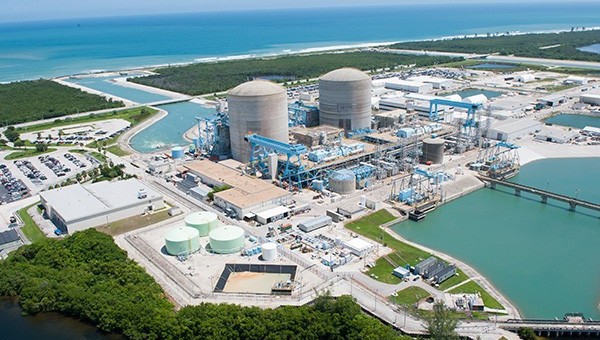
2013
FPL completed its five-year, multi-billion-dollar project to upgrade its Turkey Point and St. Lucie nuclear power plants, adding more than 500 new megawatts of clean energy capacity.

2014
The company launched NextEra Energy Partners, LP. At the time, it was the most successful IPO of its kind. Today, the company is called XPLR Infrastructure, LP.
2018
FPL was executing one of the largest solar expansions ever at the time in the eastern U.S. with eight new solar energy centers brought online in 2018.
2022
FPL completed its integration of Gulf Power, expanding service to northwestern Florida.
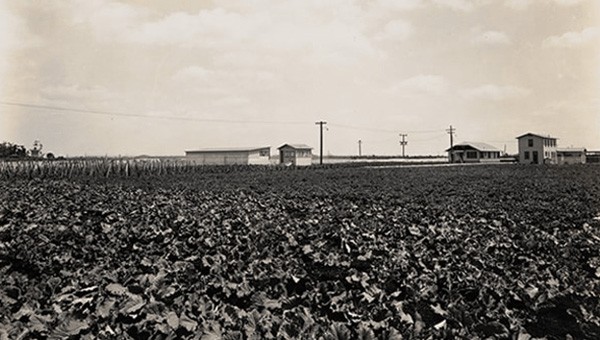
1927
The company bought 20 acres of land to develop a demonstration farm to convince potential residents that the marshy soil could be transformed into profitable farmland. The flourishing property included livestock and 150 varieties of plants.

1929
The company hired door-to-door salespeople to sell electric appliances and created display rooms at their local offices. Every employee became a salesperson, encouraging customers to purchase vacuums, coffee makers, refrigerators and toasters.
1971
FPL began its Wise Energy Management Program, one of the company's earliest energy efficiency campaigns.
1979
With oil prices skyrocketing, FPL began exploring alternative fuels, including a mixture of coal and oil, coal and water, and solar power.

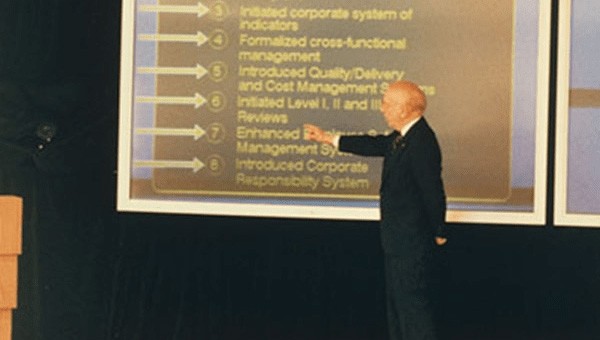
1981-1983
The company established its Quality Improvement Program to improve day-to-day operations with problem-solving and teamwork. By the end of 1983, the program was considered a success, and its methods became a model for companies abroad, including in Japan, Brazil and Sweden.

2010
FPL received the highest honor from the Southeastern Electric Exchange for its construction of the largest solar photovoltaic power plant in the United States.
2011
The company started modernizing its 1960s-era oil- and gas-fired power plants, including Riviera Beach, Cape Canaveral and Port Everglades.
The Martin Next Generation Solar Energy Center was brought online. It was the first hybrid solar facility in the world to combine a solar-thermal field with a combined-cycle natural gas power plant.
2012
NextEra Energy Resources, together with PG&E, opened the 78.2-megawatt Vasco Wind Energy Center near San Francisco, California.

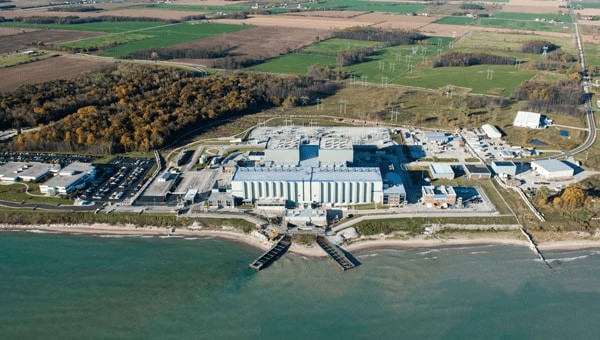
2013
NextEra Energy completed the largest multi-state nuclear update project in U.S. history. The multi-billion-dollar expansion at St. Lucie, Turkey Point and Point Beach involved six separate nuclear units.

2013
FPL completed its first commercial energy-efficient streetlight installation project featuring 166 LED streetlights in West Palm Beach’s Coleman Park neighborhood.
FPL completed a five-year, multi-billion-dollar project to upgrade its Turkey Point and St. Lucie nuclear power plants, adding more than 500 new megawatts of clean energy capacity.
2015
FPL opened its new, state-of-the-art Power Delivery Diagnostic Center, which was designed to leverage advanced smart grid technology to better manage the electric system and improve reliability.
2016
FPL’s Automated Fault Mapping Prediction System project was recognized with an Award of Excellence by the International Smart Grid Action Network (ISGAN). This innovative smart grid technology helped FPL achieve service reliability significantly better than the national average.
FPL launched an innovative energy storage pilot project in conjunction with the White House Summit on Scaling Renewable Energy and Storage. The project focused on strengthening the electric grid by installing and testing several different types of advanced battery systems under real-life conditions.

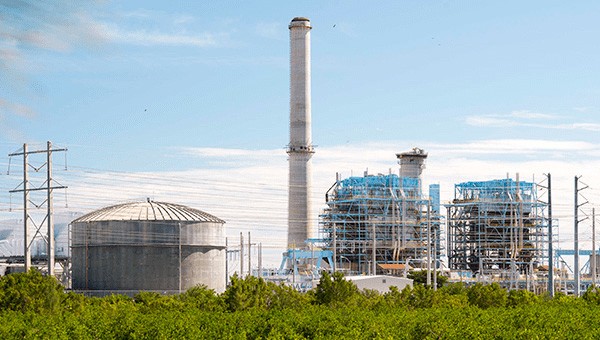
2016
FPL’s St. Lucie and Turkey Point nuclear power plants were recognized with the industry’s highest award for innovation – the Nuclear Energy Institute’s Top Innovation Award. FPL was chosen for pioneering a unique program that significantly improved plant performance.

2017
NextEra Energy Resources and Sonoma Clean Power started construction on the Golden Hills North Wind Energy Center repowering project in California. It replaced 283 30-year-old wind turbines with just 20 new 2.3-megawatt GE turbines capable of generating even more power with twice the efficiency.
FPL received the prestigious AEIC Achievement Award from the Association of Edison Illuminating Companies for a technology breakthrough in anticipating intermittent power failures and improving the company's ability to take preventative action.
FPL broke ground on its distribution control center, a category 5-rated facility designed to ensure greater everyday reliability and more efficient communication, collaboration and response during emergency restoration events.
2018
FPL brought a new solar-plus-storage system online. It was the first project in the country at the time to fully integrate battery technology with a major solar power plant in a way that increased the plant's overall energy output.

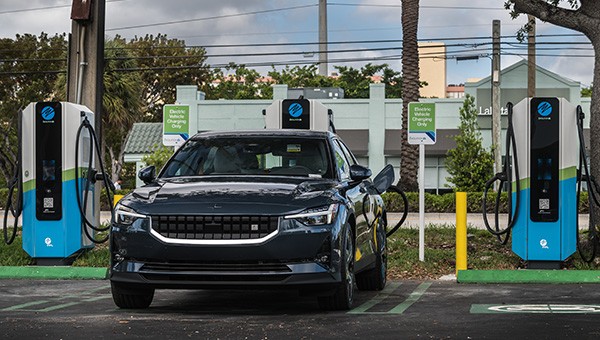
2019
FPL launched FPL EVolution, an electric vehicle charging program designed to help support the electrification of Florida transportation.

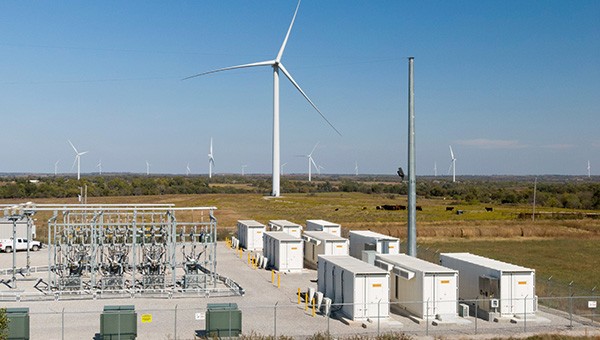
2020:
NextEra Energy Resources commissioned the first battery energy storage system in Oklahoma — Rush Springs Storage, which is co-located with the Rush Springs Wind Energy Center near Marlow, Oklahoma. The paired facilities were part of a pilot program to help NextEra Energy Resources and the regional grid operator, Southwest Power Pool, learn how storage could both optimize the operations of a wind facility and improve the reliability of the larger electric grid.

2021
FPL installed the first battery components at its Manatee Energy Storage Center, the world’s largest solar-powered battery storage facility at the time. The center features a 409-megawatt capacity, delivering 900 megawatt-hours of energy – enough to power approximately 329,000 homes for more than two hours.
2022
FPL made history by launching its first-ever fixed-wing drone, FPLAir One. The drone is capable of flying up to 1,000 miles, capturing high-quality images and video of infrastructure.
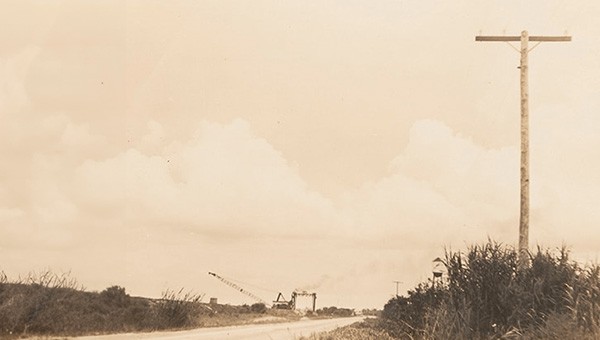
1936
FPL added 95 miles of rural electric lines to serve 1,500 customers in smaller communities. Florida farms enjoyed higher rates of electrification than farms in other southern states at the time.

1940
In the build-up to World War II, FPL provided power to Camp Blanding, Opa-Locka Naval Air Base, Banana River Air Base and West Palm Beach Army Air Base.
1944
The company’s efforts on the home front during World War II did not go unnoticed. On Feb. 1, 1944, Admiral W.R. Munroe, commandant of the Seventh Naval District of the United States Navy, presented FPL with the Citation for Meritorious Wartime Service.
1946
FPL added 3,000 miles of rural electric lines, which provided power to more than 25,000 residential customers, more than 3,000 rural commercial customers and more than 200 farms.


1969
NASA’s Apollo 11 mission, where the first astronauts walked on the moon, was launched from Kennedy Space Center. FPL supported the effort by building the Cape Canaveral Plant and strengthening the poles and wires in the area.

1980
The company developed a 10-year energy management plan to reduce energy consumption, increase power generation efficiency, reduce the use of oil and educate the public about conservation.
1984
FPL launched its Home Energy Loss Prevention Program, which gave customers incentives to adopt energy conservation measures – like reflective window film, weather stripping and caulking – in their own homes.
1992
FPL reported that its power plant emissions were “the lowest of any investor-owned utility in the state and 70% lower than the national average for all utilities.”
1998
After a two-year pilot program in South Florida, FPL launched its Build Smart project, designed to educate customers about cost-effective options for building energy-efficient homes.
2009
The company partnered with six Florida schools to develop Next Generation Solar Education Stations, which allowed schools to produce emissions-free electricity while educating students about renewable energy and solar power.

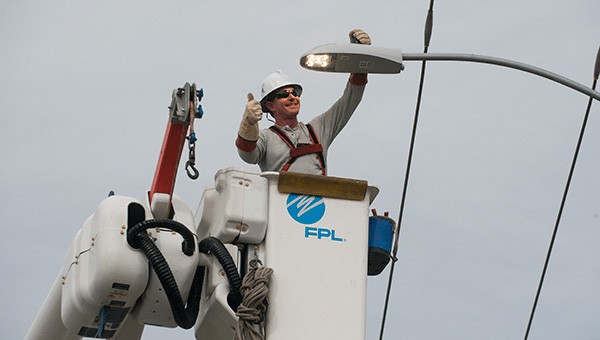
2013
FPL completed its first commercial energy-efficient streetlight installation project featuring 166 LED streetlights in West Palm Beach’s Coleman Park neighborhood.

2016
FPL, together with Florida International University, developed a commercial-scale solar installation on the school’s campus.
2017
FPL broke ground on its state-of-the-art distribution control center, a category 5-rated facility designed to ensure greater everyday reliability and more efficient communication, collaboration and response during emergency restoration events.
2018
FPL partnered with Miami-Dade County to launch a multi-phase, cross-functional initiative to increase the county’s solar generation, further its studies of floating solar technology and additional energy storage, construct an advanced wastewater treatment facility and upgrade existing nuclear units at Turkey Point Nuclear Power Plant.
140 FPL lineworkers and support staff deployed to Puerto Rico to help restore power to areas impacted by Hurricane Maria. The company worked to help restore the hundreds of thousands of people who remained without electric service after the destructive storm devastated the island.
2019
FPL doubled the size of its on-campus Customer Care Center at Florida International University to create more opportunities for students.

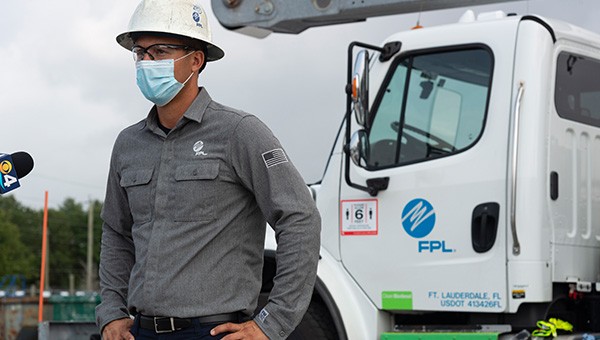
2020
As part of its COVID-19 relief effort, FPL donated $15 million in bill credits to eligible low-income customers who faced challenges amid the global pandemic.


2020:
FPL launched FPL SolarTogether, the largest community solar program in the U.S.

1966
Small groups of manatees were spotted gathering along power plant canals, possibly for the first time. These manatees were attracted to the warm waters discharged from the power plants, many of which were owned by FPL.


1972
FPL launched one of the first Environmental Affairs departments in the country. It included an ecologist, toxicologist, meteorologist and geohydrologist.

1974
FPL started a “turtle watch,” where FPL employees carefully moved endangered turtle eggs at the St. Lucie and Turkey Point power plants to safe locations away from plant activities.
1983
By 1983, FPL had reduced its oil power generation to 42%.
1992
FPL reported that its power plant emissions were “the lowest of any investor-owned utility in the state and 70% lower than the national average for all utilities.”
2007
FPL implemented the avian protection program to reduce bird injuries, document utility actions and improve service reliability.
2009
The EPA congratulated FPL Group – which later became NextEra Energy – and 19 other energy companies for their efforts toward reducing their carbon footprint.

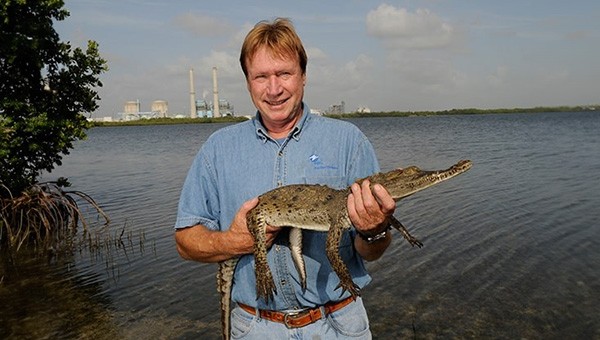
2009
FPL, in coordination with University of Florida biologists, expanded efforts to protect and monitor the crocodiles nesting in the cooling canal system at Turkey Point Power Plant.

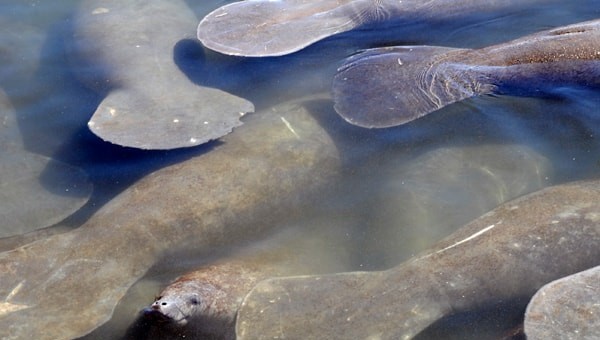
2010
FPL reopened Barley Barber Swamp, a 400-acre freshwater preserve located by the Martin County power plant, to the public.

2011
NextEra Energy’s headquarters in Juno Beach, Florida achieved the prestigious Gold-Level Leadership in Energy and Environmental Design (LEED) certification from U.S. Green Building Council.
2012
FPL donated 130 recycled concrete poles to St. Lucie County’s artificial reef program, which were submerged off the coast of Fort Pierce to create underwater habitats for marine life.
2014
FPL was selected by the U.S. Environmental Protection Agency to receive the Clean Air Excellence Award, which honors innovative programs that benefit communities, the environment and the economy.
NextEra Energy was ranked as the top green utility in North America and fourth in the world by EI Energy Intelligence’s report based on carbon emissions and renewable energy capacity.
2016
The company opened Manatee Lagoon — An FPL Eco-Discovery Center. The center educates visitors about the manatees and provides audiences with an accessible place to observe the threatened species.
2017
FPL and Audubon Florida launched the Solar Sanctuary program to promote pollinators and preserve wildlife habitats for native plants and wildlife at the company’s solar energy centers.

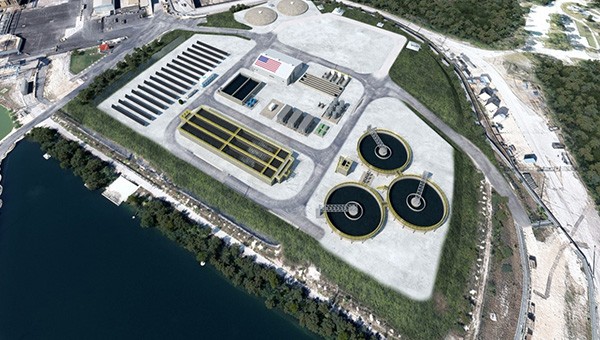
2022
FPL broke ground on an advanced reclaimed water project in partnership with Miami-Dade County to reuse treated wastewater from the county at FPL’s Turkey Point Clean Energy Center. The state-of-the-art FPL Miami-Dade Clean Water Recovery Center (CWRC) further treats and reuses up to 15 million gallons of reclaimed water per day from the South District Wastewater Treatment Plant.

